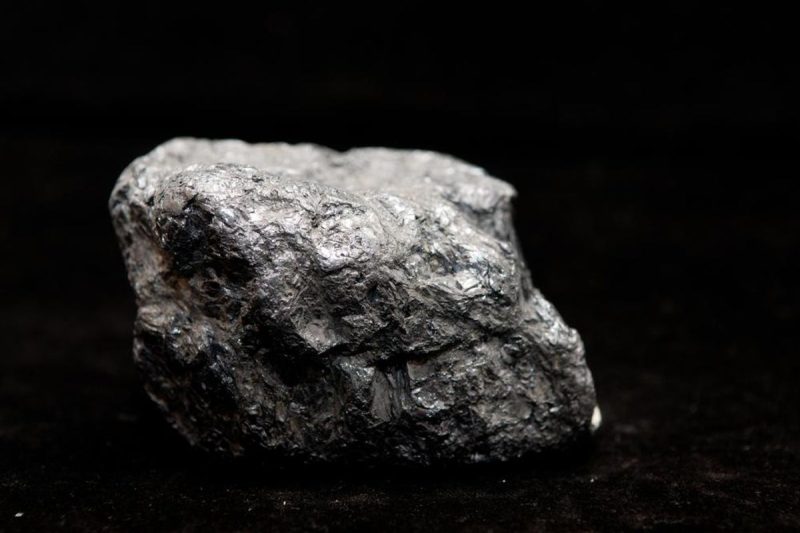Rare earth elements, often referred to as rare earth metals, are a group of seventeen chemical elements that play a crucial role in various modern technologies, from smartphones and laptops to electric vehicles and wind turbines. These elements are integral in the production of high-tech devices due to their unique magnetic, luminescent, and catalytic properties.
China has long been the dominant force in the rare earths market, holding a significant share of both production and reserves. However, other countries are increasing their production capacity to reduce dependence on China and meet the growing demand for rare earth elements worldwide.
The United States is one of the countries aiming to bolster its rare earth production. With rich reserves in states like California and Alaska, the U.S. has the potential to become a major player in the global rare earth market. Efforts to revive domestic rare earth mining and processing facilities are underway to secure a stable supply chain for critical industries.
Australia, another significant player in the rare earth market, is home to extensive rare earth deposits in Western Australia and the Northern Territory. The country has been ramping up production to capitalize on the increasing demand for rare earth elements, particularly in clean energy technologies.
Russia, known for its vast mineral resources, also possesses significant rare earth reserves, mainly concentrated in the Trans-Baikal region. The country has been exploring ways to expand its rare earth mining and processing capabilities to reduce reliance on imports and establish itself as a key player in the global supply chain.
Canada, with its diverse geological landscape, is another country with substantial rare earth potential. Deposits in provinces like Quebec and Saskatchewan hold promise for future rare earth production, positioning Canada as a potential supplier to meet the global demand for these critical elements.
Brazil, blessed with an abundance of mineral resources, also boasts significant rare earth reserves. The country has been exploring ways to capitalize on its rare earth potential to support its domestic industry and contribute to the global supply of these essential elements.
India, with its growing industrial sector and technological advancements, is working towards enhancing its rare earth production capabilities. The country’s reserves in states like Kerala and Odisha provide a solid foundation for expanding rare earth mining and processing activities to meet both domestic and international demands.
South Africa, a major player in the global mining industry, also holds considerable rare earth reserves. The country’s deposits in the Western Cape region offer significant potential for rare earth production, positioning South Africa as a key player in the supply chain of these critical elements.
As the demand for rare earth elements continues to rise, diversifying the sources of production is becoming increasingly important to ensure a stable and secure supply chain for critical industries. Countries across the globe are recognizing the strategic importance of rare earth elements and are investing in expanding their mining and processing capacities to meet the growing demand and reduce dependency on a single dominant player in the market. By leveraging their rich reserves and adopting sustainable mining practices, these countries are poised to reshape the global rare earth landscape and contribute to the development of cutting-edge technologies essential for the future.

